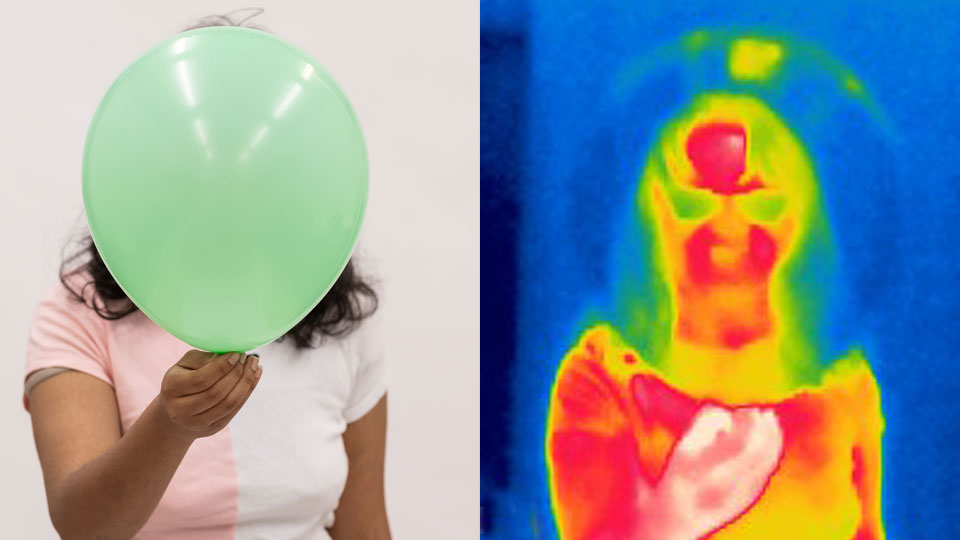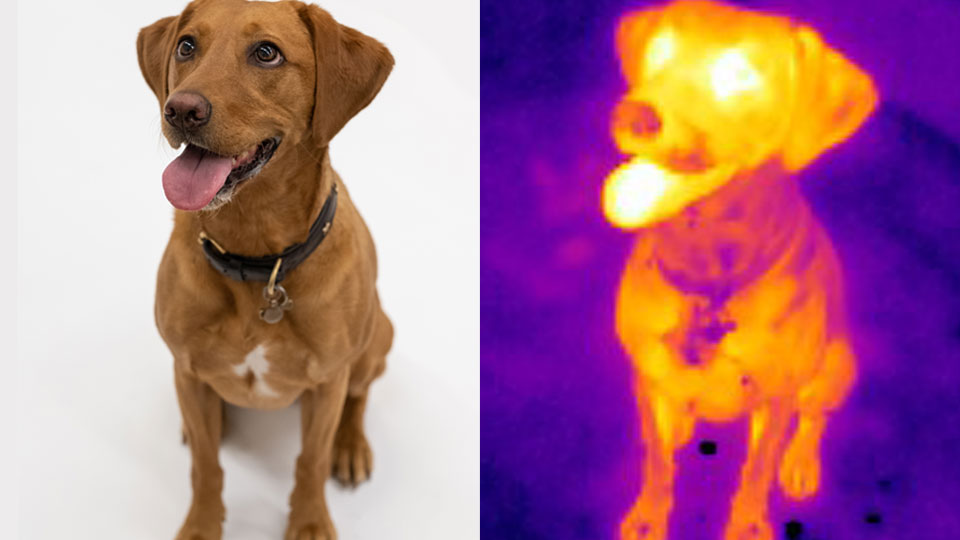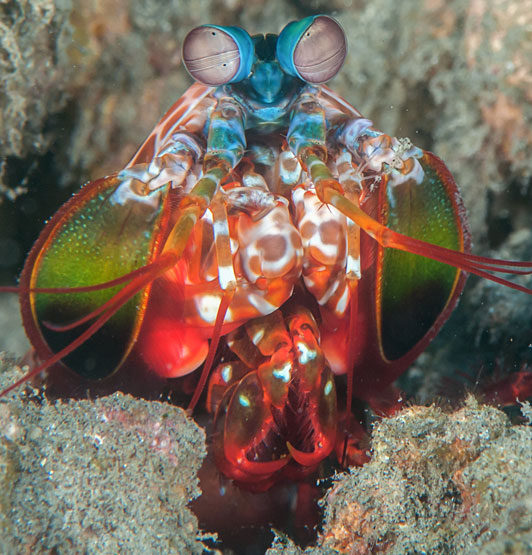Engineering for heat
Infrared radiation is a type of light that is invisible to the human eye but which you can feel in your daily life as ‘heat’.
Materials that we recognise as transparent or opaque (to visible light) behave differently to infrared radiation.
The amount of infrared that a surface absorbs or emits depends on the nature of that surface.



Infrared vision?
Many reptiles, fish and insects have evolved to detect infrared radiation. Although this heat detection can be classified as infrared vision, these creatures do not detect heat with their eyes. Pit vipers and vampire bats use pit organs near their noses to detect warm-blooded prey. Mantis shrimp are incredible predators that are capable of seeing both infrared and ultraviolet light.
How is infrared used?
The applications of infrared - or thermal imaging – include:
- The James Webb space telescope
- Detecting heat loss, for example faulty insulation
- Identifying spots for energy harvesting
- Surveillance cameras and burglar alarms
- Detecting overheating joints on power lines to prevent faults
- In healthcare, for example to detect fever or to diagnose some cancers
Related research at Loughborough
A variety of research areas benefit from greater understanding or use of infrared radiation in our environment.


